Pocket Watch Database
Blauer Watch Case Co.
Chicago, Illinois
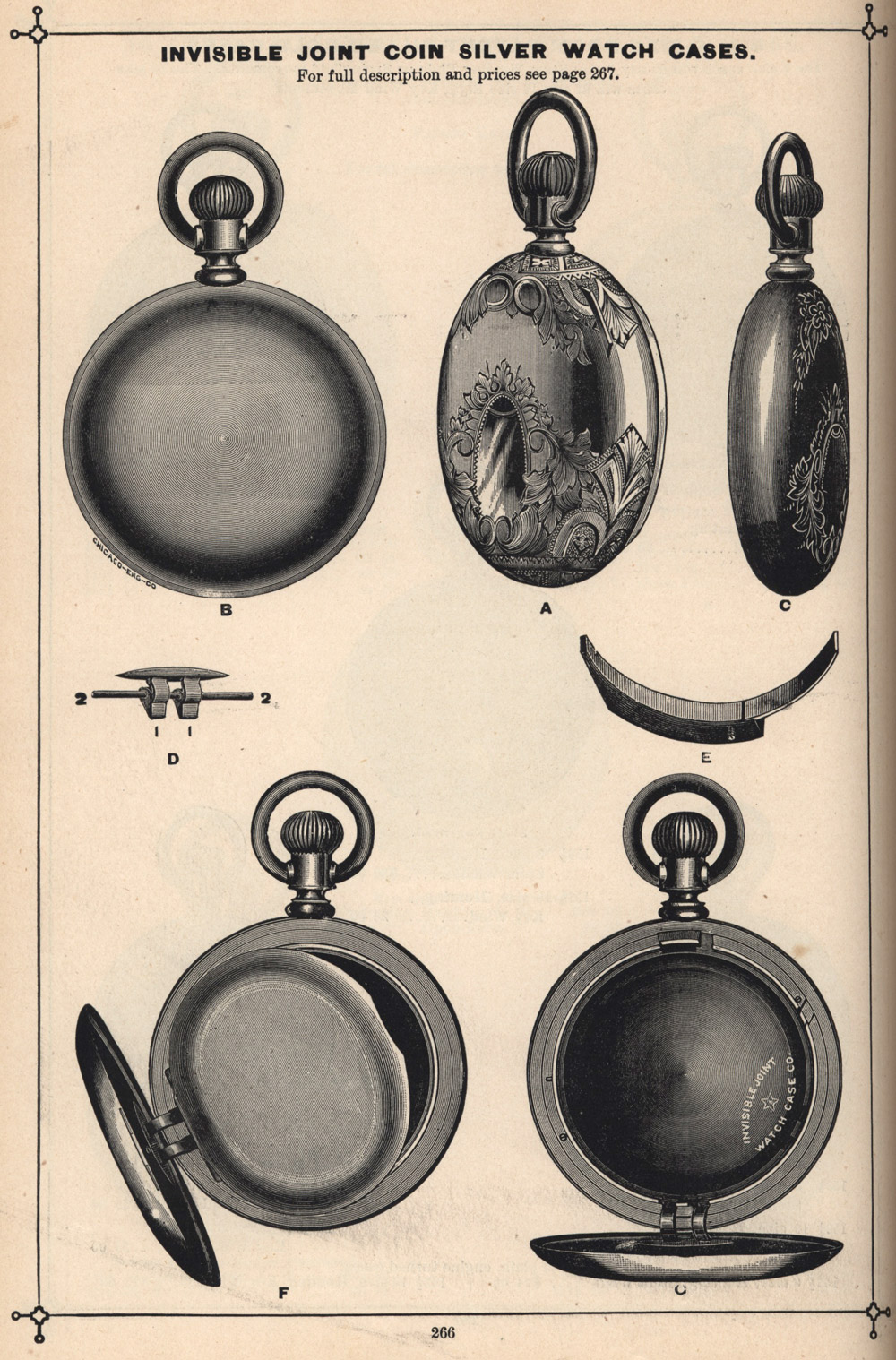
Location: Chicago, Illinois
Years of Operation: c.1874 - 1889
Predecessor: Blauer & Sperry
Successor: Kenosha Watch Case Co.
Manufacturer of the Invisible Joint Watch Case and Chicago Watch Co. case. Operated by Frederick Blauer until 1883 when it was reorganized as a stock corporation. Moved to Kenosha, Wisconsin in November 1889 and became the Kenosha Watch Case Company.
Identification: The "Blauer" marking easily identifies Blauer cases, typically embossed within a pointed banner. Additional markings usually indicate material composition, weight, and grade. Early coin silver cases are generally marked with "Coin" and a digit within a six-pointed star designating the silver weight. The most common weights are 3oz. and 4oz. Coin silver cases have also been observed with a crown emblem mark, usually on heavier silver cases but not always. Later cases feature a cartouche with a bear on his hind legs. 14K Solid gold cases are either marked with a simple "14K" stamp or embossed with a cartouche containing a depiction of a squirrel. 18K solid gold cases feature "18" and "K" in either gumdrop-shaped emblems or shields. Some 18K cases also feature a mark with the profile of a woman. The "Invisible Joint" case is the most uncommon and collectible silver case manufactured by Blauer, marked with the patent date "November 6, 1883." With the exception of the invisible joint case, it is difficult to determine which cases were manufactured after the formation of the Blauer Watch Case Company, headed by Otto Young, which was organized after Frederick Blauer's death in 1883.
Collectibility: Blaur cases are somewhat uncommon and when identified properly, typically demand a premium over similar cases produced by more common companies during the 1870s and 1880s. The Invisible Joint case is one of the more collectible cases offered by the company and is very difficult to find.
Frederick Blauer was born in Thun, Switzerland, on August 28, 1839.
By 1865, the young case maker was living in Cincinnati, Ohio [City Directory]. On the 1870 Federal Census, "Fred Blauer" was recorded as a "watch case maker" in Chicago with his new wife, Amelia. According to city directories, Blauer was in partnership with August Sperry during this time, manufacturing watch cases under the name "Blauer & Sperry" at 159 Lake St. and 34-36 LaSalle St. Some sources note that the Blauer Watch Case Company was started in 1867, which may assume the work done with Sperry as well. Other sources claim the company started in 1883. However, that was only the year of incorporation, following the death of Mr. Blauer. His factory was in operation well before 1883.
Blauer and Sperry were listed independently as watch case manufacturers in the 1874 Chicago City directory, indicating the dissolving of the partnership. During this time, Blauer was located at 182 State St.
In 1880, Mr. Blauer was in talks to organize a watch case factory in Rockford, Illinois. An article published in the March 20, 1880 issue of the Daily Gazette reported that "For the past three years, the Rockford Watch company have used Mr. Blauer's cases entirely, and pronounce them a superior article." This deal must not have succeeded, and in 1881, the Daily Inter Ocean reported Mr. Baluer was building a three-story brick factory at 123 LaSalle St. at the cost of $8,000.
On November 2, 1883, John Frederick Blauer died from cerebral meningitis, leaving a sizable estate and a challenging problem with what to do with the watch manufacturing operation.
In late November 1883, the Blauer Watch Case Company was organized by Amelia Blauer (Fred's widow), William C. Taft, and Axel Chytrous in Chicago, Illinois, with $80,000 capital stock.
The company manufactured gold and silver cases for the American watch market. Otto Young, the figure behind the Otto Young & Co. wholesale operation, owned a controlling interest in the company and served as the principal director. During this time, the "Invisible Joint" watch case was introduced to the market, manufactured by the Blauer Watch Case Company.
The July 1885 issue of The Jewelers' Circular and Horological Review reported that the invisible joint case introduced by the company was "meeting with general favor in the trade." A positive review of the case was also included: "It is claimed that [the case] is strong, the joint being inside, preventing it from opening too far, and also that it is dust-proof."
The trade publication also reported that the Blauer Watch Case Company was "doing a brisk business" and that the employees were working full time, immune to the effects of the economic depression challenging other companies at the time.
The March 1886 issue of The Jewelers' Circular and Horological Review reported that Otto Young was retiring from the jewelry trade. As a result, the Blauer Watch Case Company was to be run as a joint stock company, with James Fleming as manager. Fleming was the former manager at H. Muhr's Sons in Philadelphia. However, by the end of the year, Fleming had left the company with ambitions to create his own case company.
In July 1886, The Jewelers' Circular and Horological Review reported that Otto Young sold his interest in the Blauer Watch Case Company to William Dickinson (President), William C. Taft (Vice President and Manager), and Robert W. Patton (Treasurer). The article indicates the company intended to manufacture a complete line of regular-joint cases in gold and silver, including cases with albata caps. The company also planned to continue the production of the invisible joint case that had been popular in the trade.
By the fall of 1887, the company was manufacturing cases that included Giles' patented anti-magnetic shield.
By May 1889, the company announced plans to move from Chicago, Illinois to Kenosha, Wisconsin. It is unclear why this decision was made.
In December 1889, The Jewelers' Circular and Horological Review reported that the company had moved to Kenosha, Wisconsin, and reorganized as the Kenosha Watch Case Company, with Mr. Taft remaining the company manager.
The "invisible joint" case was one of the company's most unique products during production. In addition to this case, the company also gold 10K Gold, 14K Gold, 18K Gold, and silver cases.
Case Grades
Note: This chart is not intended to be a comprehensive list of grades. Some grades changed traits over time and other grades may not be listed. This chart will be improved as additional information is studied.
| Image | Name | Case Material | Gold Content | Gurantee | Source Catalogs | Trademarked |
|---|---|---|---|---|---|---|
| 10K | Gold | 10K | 1887LAM | |||
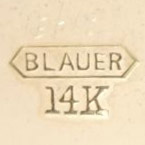 |
14K | Gold | 14K | 1887LAM, 1888OY, 1890OY, 1893BFNA, 1888BA | ||
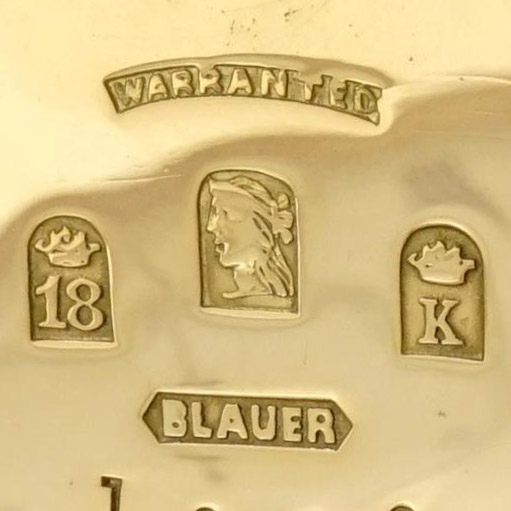 |
18K | Gold | 18K | 1887LAM, 1888BA | ||
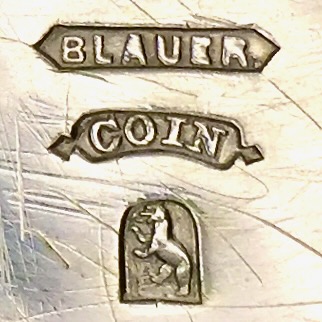 |
Blauer Coin Silver | Coin Silver | 1883UNK, 1885OY, 1887LAM, 1888OY, 1888BA | |||
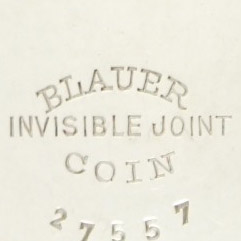 |
Blauer Invisible Joint | Coin Silver | 1887LAM, 1891SAC | |||
| Blauer Invisible Joint Gold | Gold | 1887LAM | ||||
| Blauer Sterling Silver | Silver | |||||
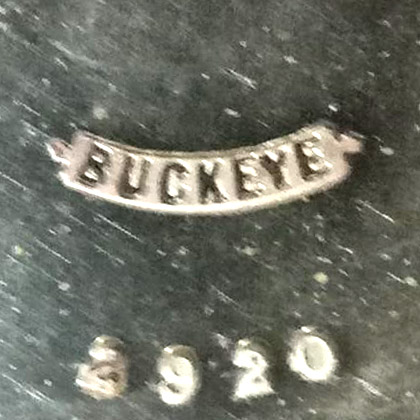 |
Buckeye | |||||
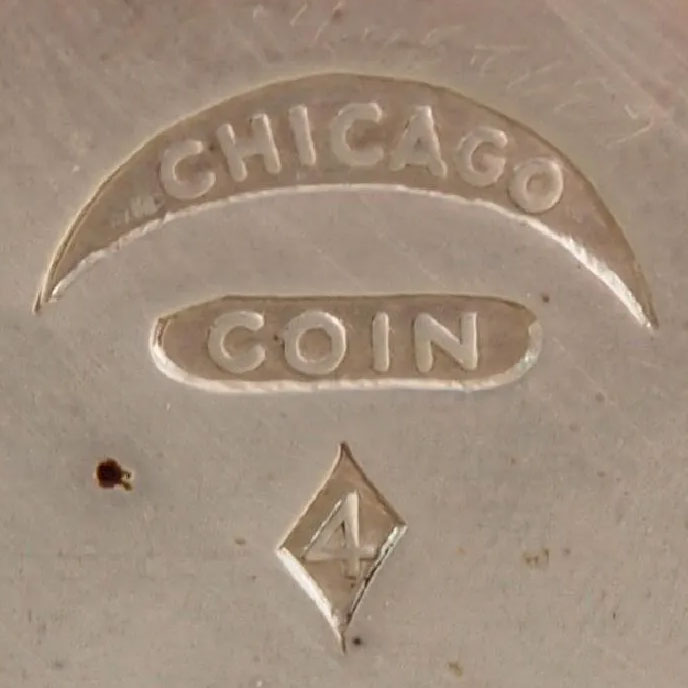 |
Chicago Coin | Coin Silver | 1885OY, 1888OY, 1890OY, 1893BFNA | |||
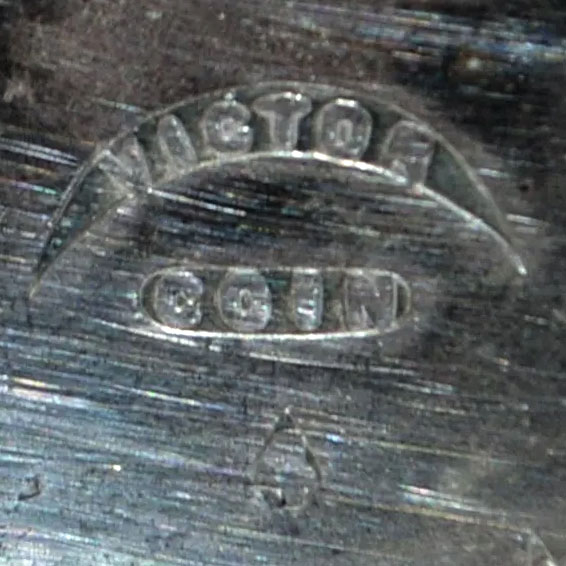 |
Victor | Coin Silver | 1888BA, 1890OY, 1891SAC |